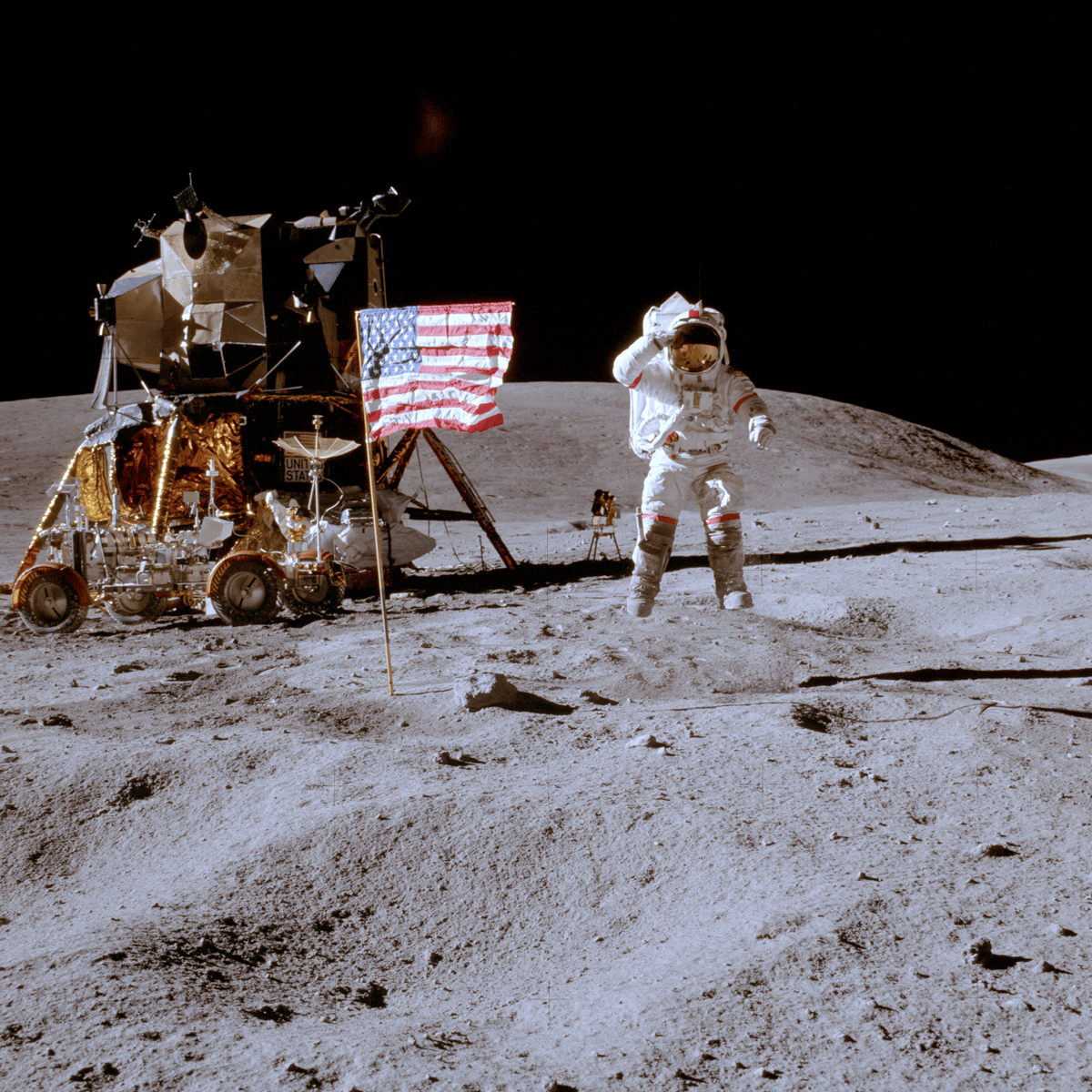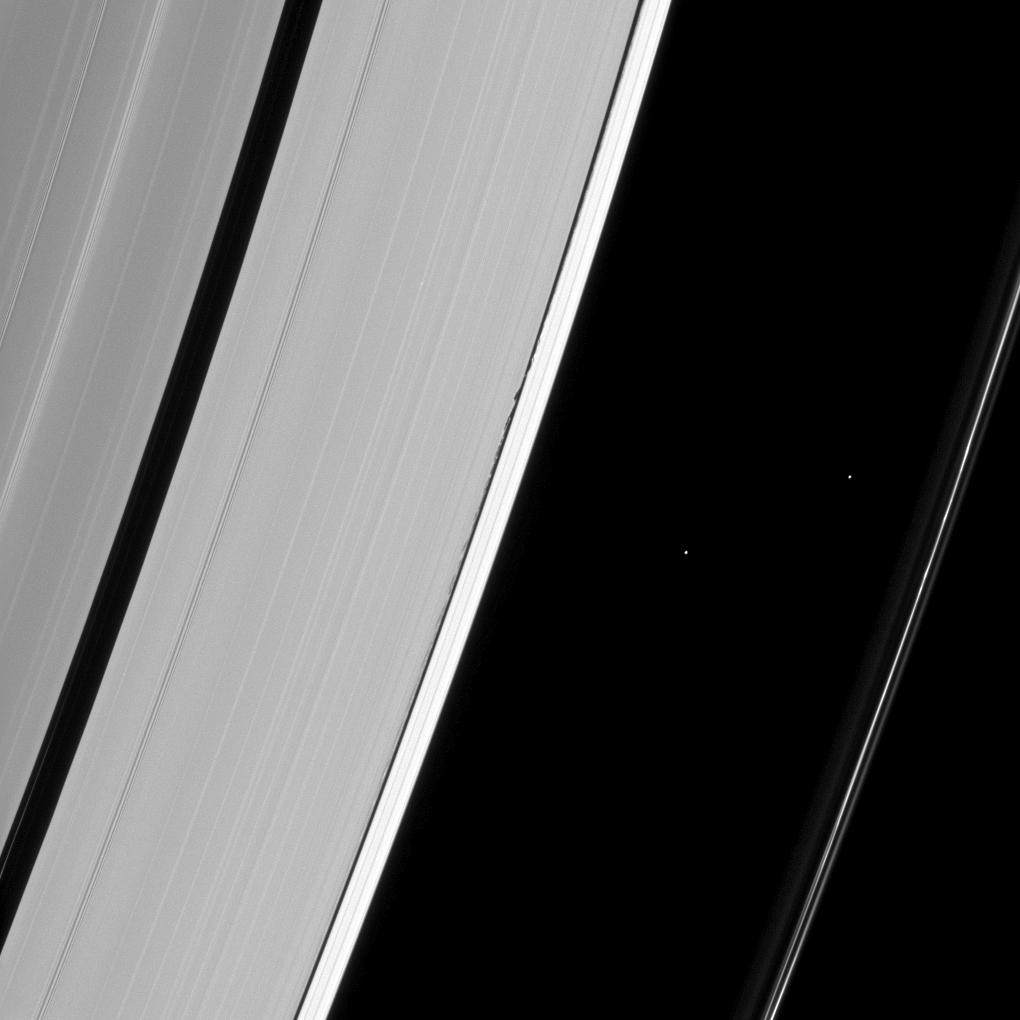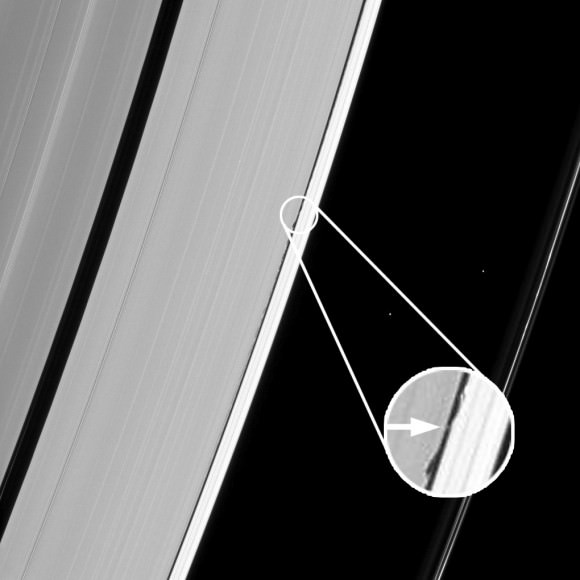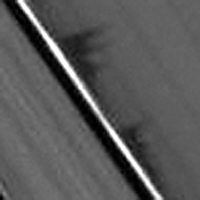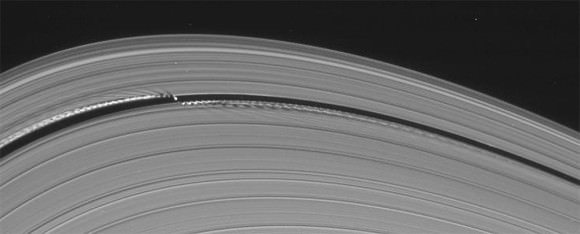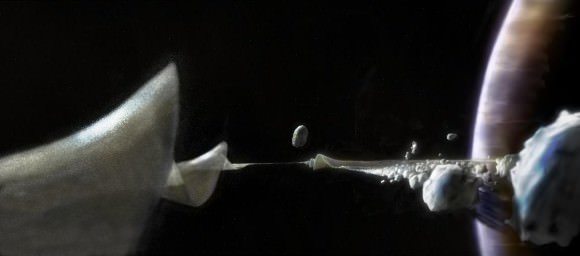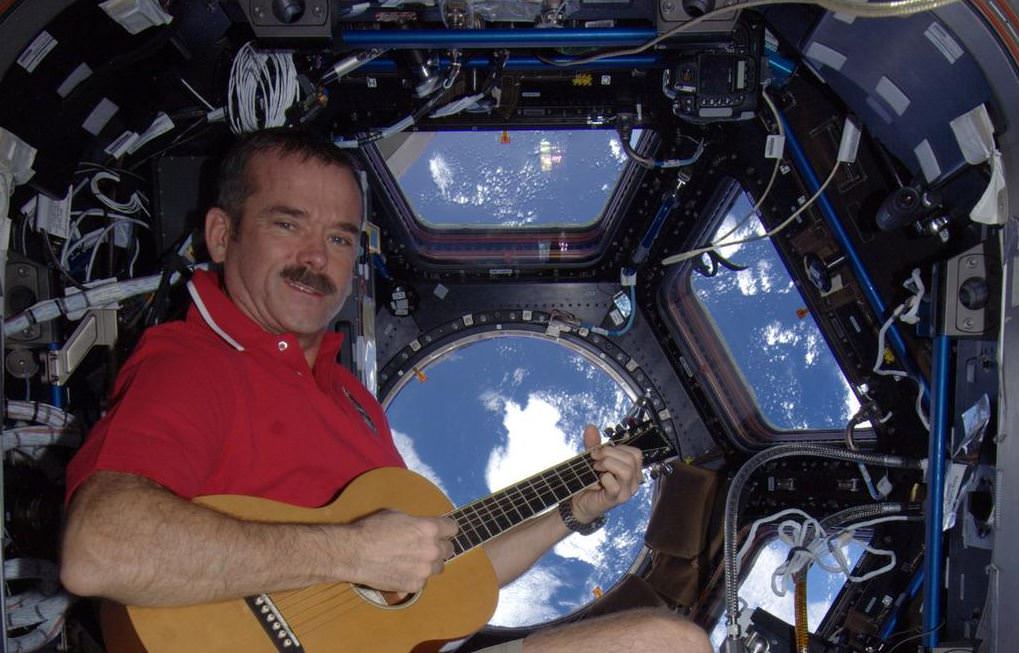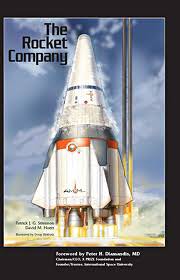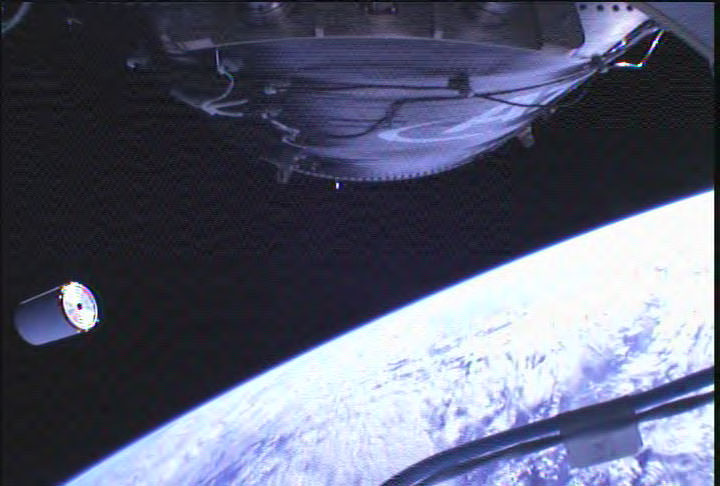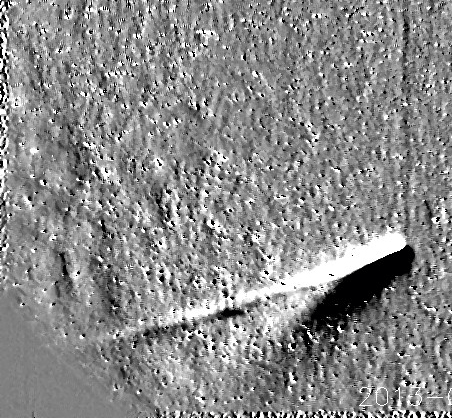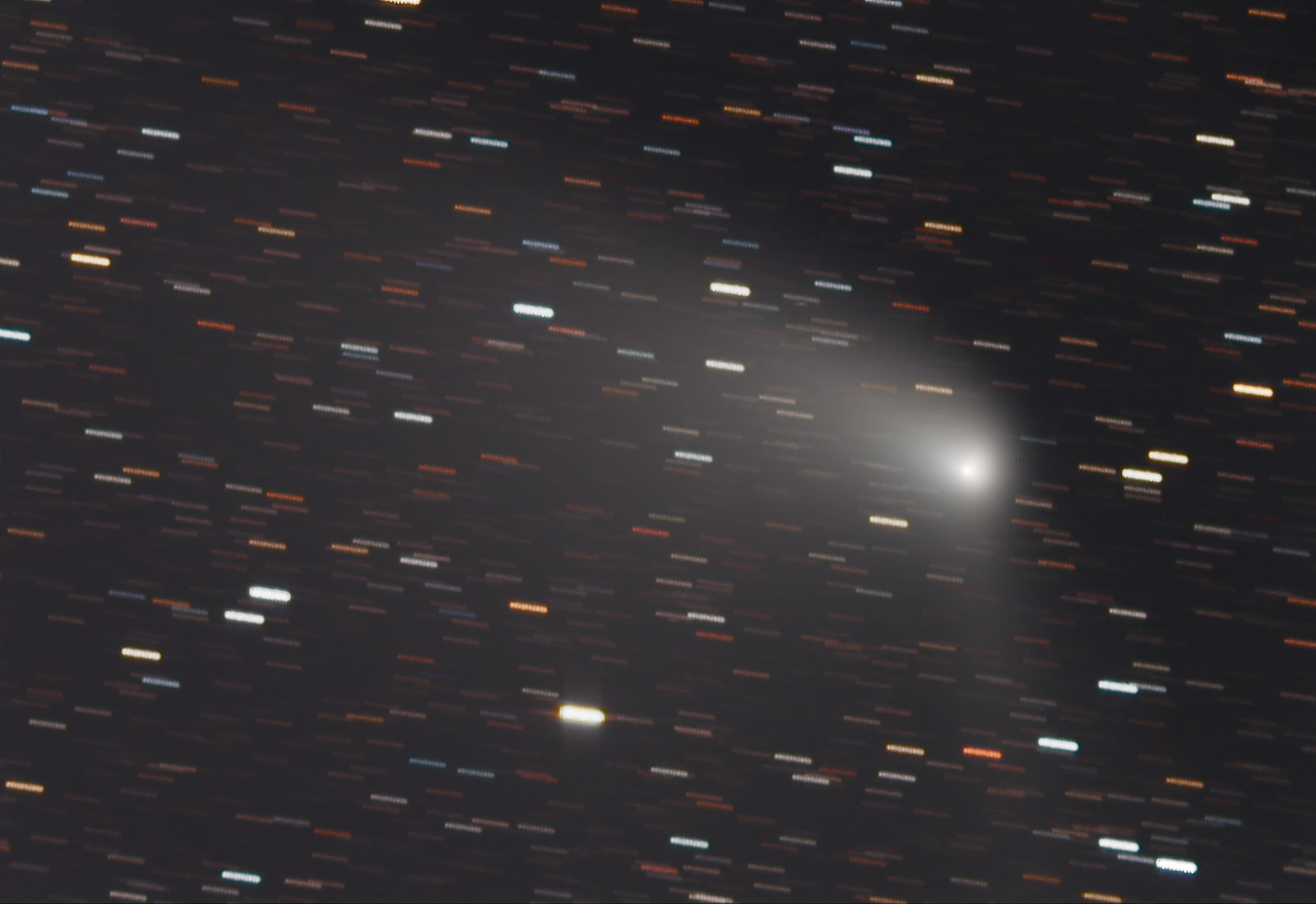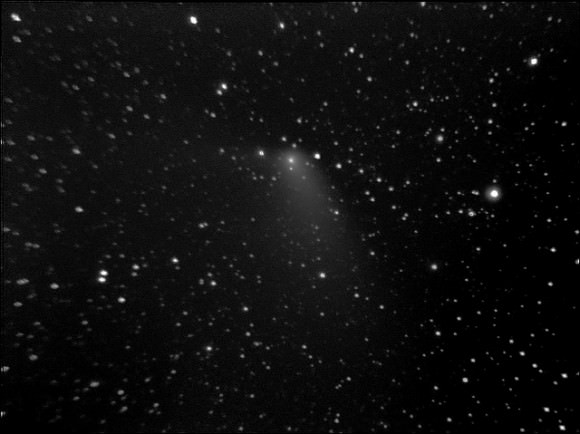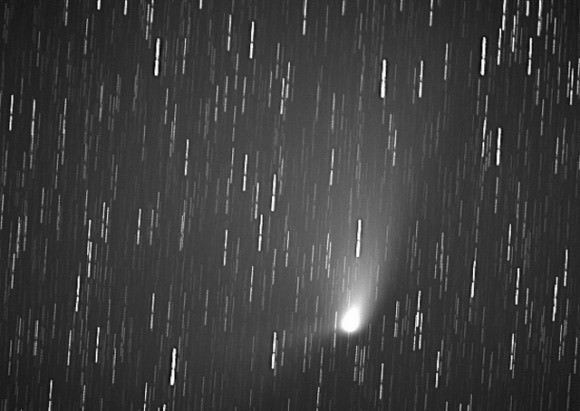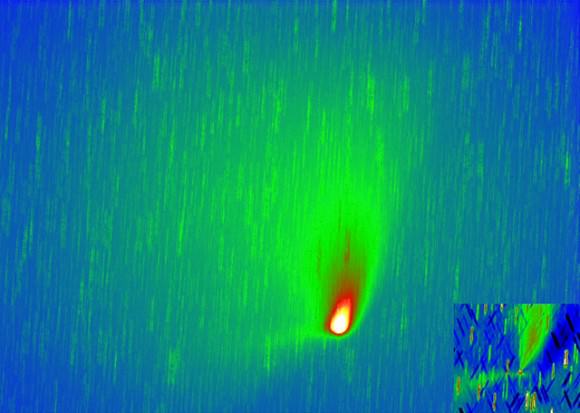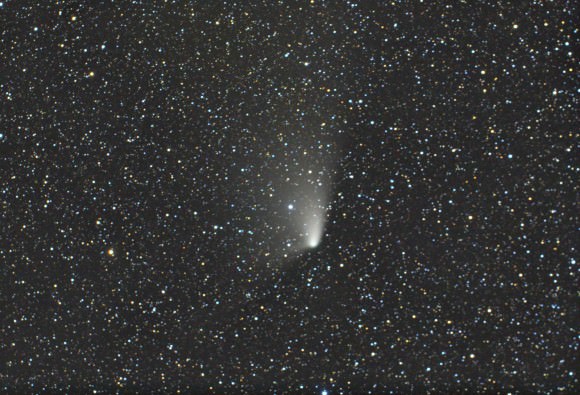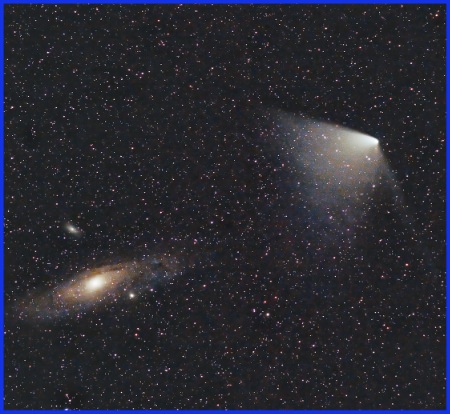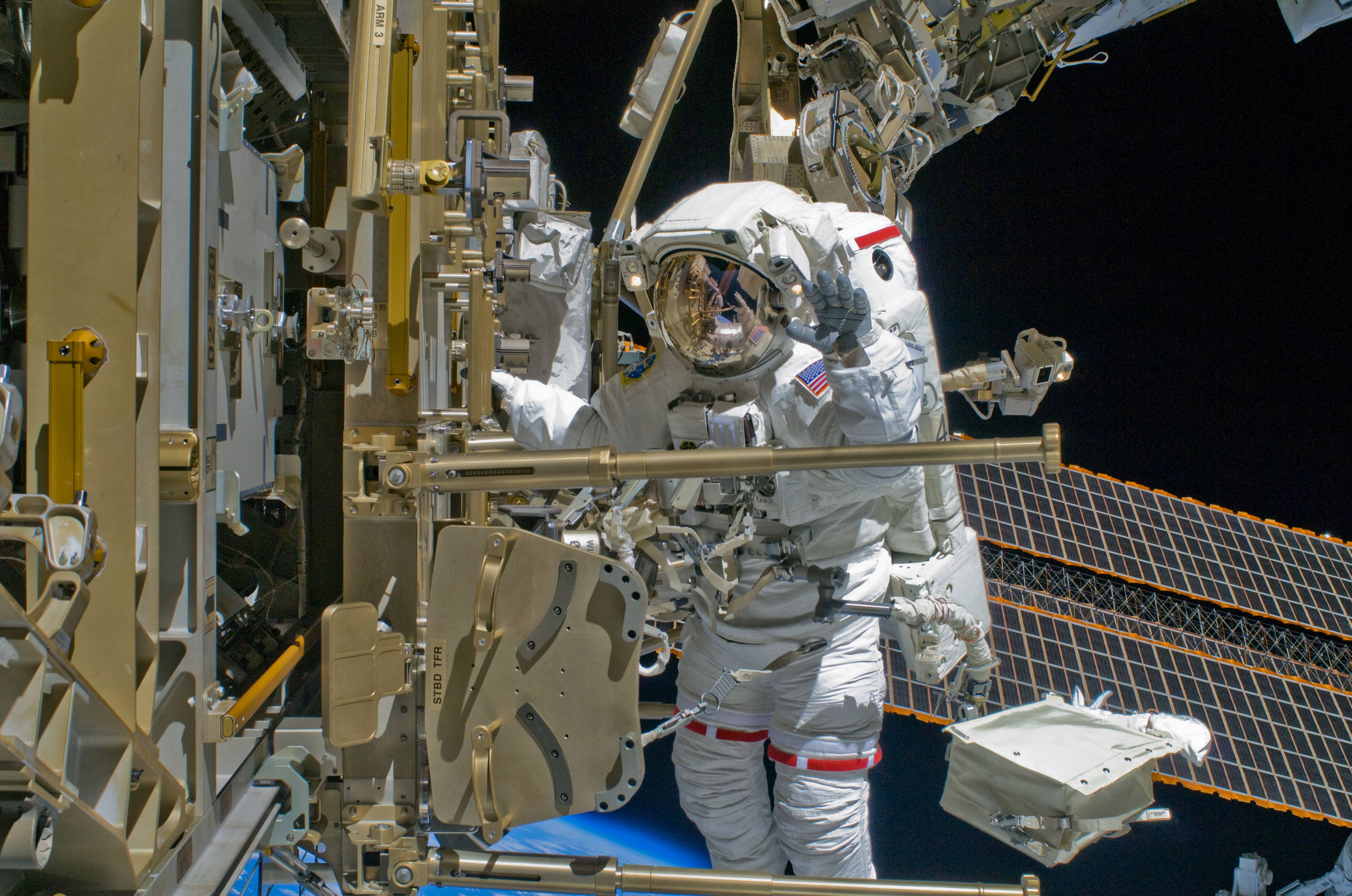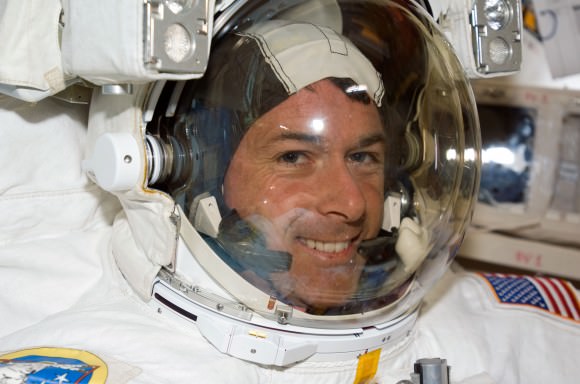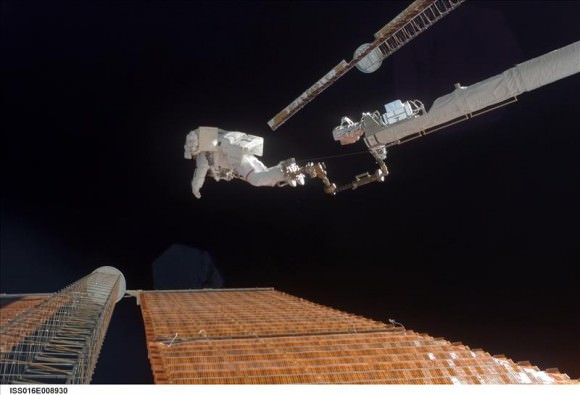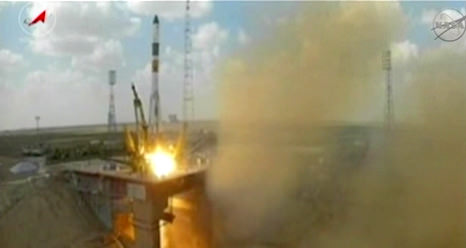If you think that star-formation only has an impact within the confines of a host galaxy, then think again. Thanks to the magic of the NASA/ESA Hubble Space Telescope, astronomers are now realizing starburst activity can change the properties of galactic gases at distances almost twenty times larger than a galaxy’s visible boundaries. Not only does this affect galactic evolution, but it has ramifications on how matter and energy ripple across the cosmos.
What’s going on here? Once upon a time in the early Universe, galaxies would form new stars in huge blasts of activity known as starbursts. While it happened frequently long ago, it’s much less common now. During these starburst episodes, hundreds of millions of stars spring to light and their combined energy sets off massive stellar winds that push outward into space. While these winds were known to have effects on the parent galaxy, new research shows they have an even greater effect than anyone knew.
Recently a team of international astronomers took on twenty galaxies which are known to be hosting starburst activity. What they found was the starburst stellar winds were able to ionize gas at huge distances – up to 650,000 light years from the galaxy’s nucleus – and around twenty times beyond the galaxy’s visible perimeter. For the first time, researchers were able to verify that starburst activity could impact the gas around the parent galaxy. This new observational evidence shows just how important each phase a galaxy goes through can impact the way it form stars and how it evolves.
“The extended material around galaxies is hard to study, as it’s so faint,” says team member Vivienne Wild of the University of St. Andrews. “But it’s important — these envelopes of cool gas hold vital clues about how galaxies grow, process mass and energy, and finally die. We’re exploring a new frontier in galaxy evolution!”
This animation shows the method used to probe the gas around distant galaxies. Astronomers can use tools such as Hubble’s Cosmic Origins Spectrograph (COS) to probe faint galactic envelopes by exploiting even more distant objects — quasars, the intensely luminous centres of distant galaxies powered by huge black holes. As the light from the distant quasar passes through the galaxy’s halo, the gas absorbs certain frequencies – making it possible to study the region around the galaxy in detail. This new research utilised Hubble’s COS to peer through the very thin outskirts of galactic halos, much further out than shown in this representation, to explore galactic gas at distances of up to twenty times greater than the visible size of the galaxy itself. Credit: ESA, NASA, L. Calçada
So how did they do it? According to the news release, the researchers employed the Cosmic Origins Spectrograph (COS) instrument located on the NASA/ESA Hubble Space telescope. By examining the spectral signature of a variety of starbirth and control galaxies, the team was able to carefully examine the regions of gas surrounding the galaxies. However, they had a little boost, too… quasars. By adding the light of the intensely luminous galactic cores to the mix, they were able to further refine their observations by watching the quasar’s light as it passed through foreground galaxies. This method allowed them to even more closely examine their targets.
“Hubble is the only observatory that can carry out the observations necessary for a study like this,” says lead author Sanchayeeta Borthakur, of Johns Hopkins University. “We needed a space-based telescope to probe the hot gas, and the only instrument capable of measuring the extended envelopes of galaxies is COS.”
The eureka moment came when the astronomers found the starburst galaxies in their samples showed abnormal amounts of highly ionized gases in their halos. By comparison, the control galaxies – those known to have no starburst activity – did not. Now they knew… the ionization had to be the product of the energetic winds which accompanied the birth of new stars. Armed with this information, researchers can now confidently say that galaxies which host starburst activity has taken on new parameters. Since galaxies enlarge by feeding on gas from the space around them and convert this into new stars, we realize that the ionization process will regulate future star formation.
“Starbursts are important phenomena — they not only dictate the future evolution of a single galaxy, but also influence the cycle of matter and energy in the Universe as a whole,” says team member Timothy Heckman, of Johns Hopkins University. “The envelopes of galaxies are the interface between galaxies and the rest of the Universe — and we’re just beginning to fully explore the processes at work within them.”
Burn, baby, burn…
Original Story Source: NASA/ESA Hubble Space Telescope News Release. Further reading: The Impact of Starbursts on the Circumgalactic Medium.


